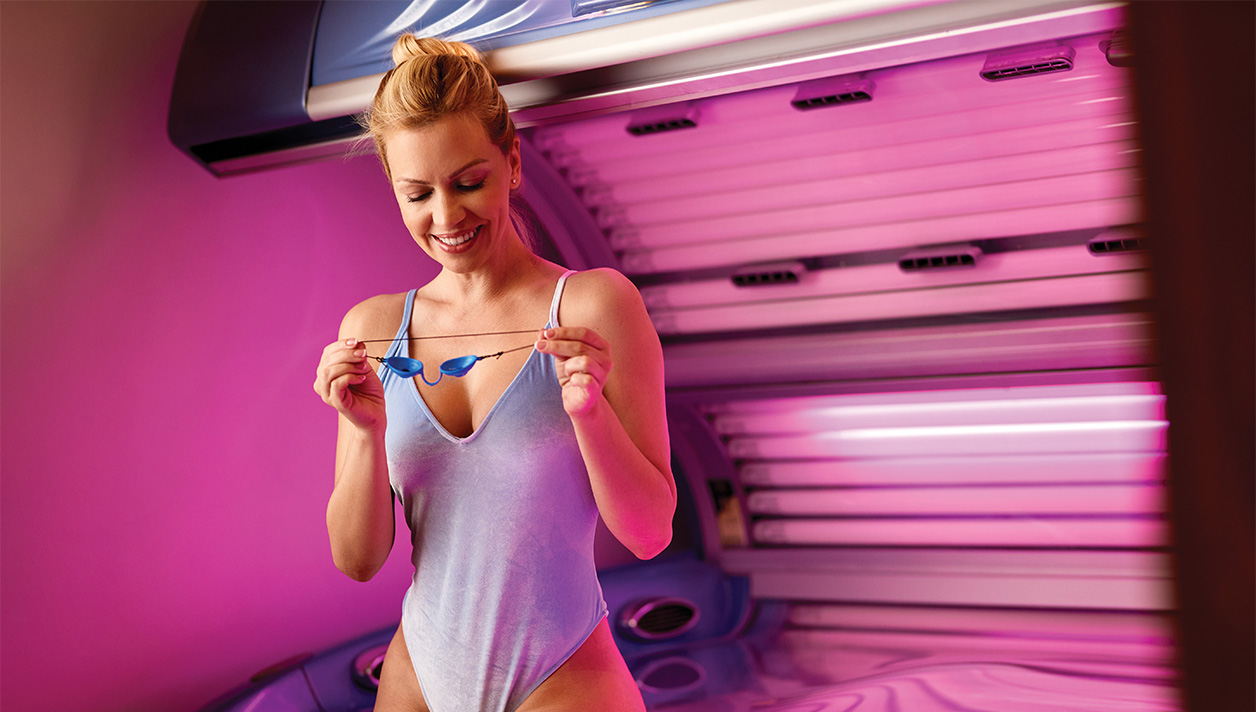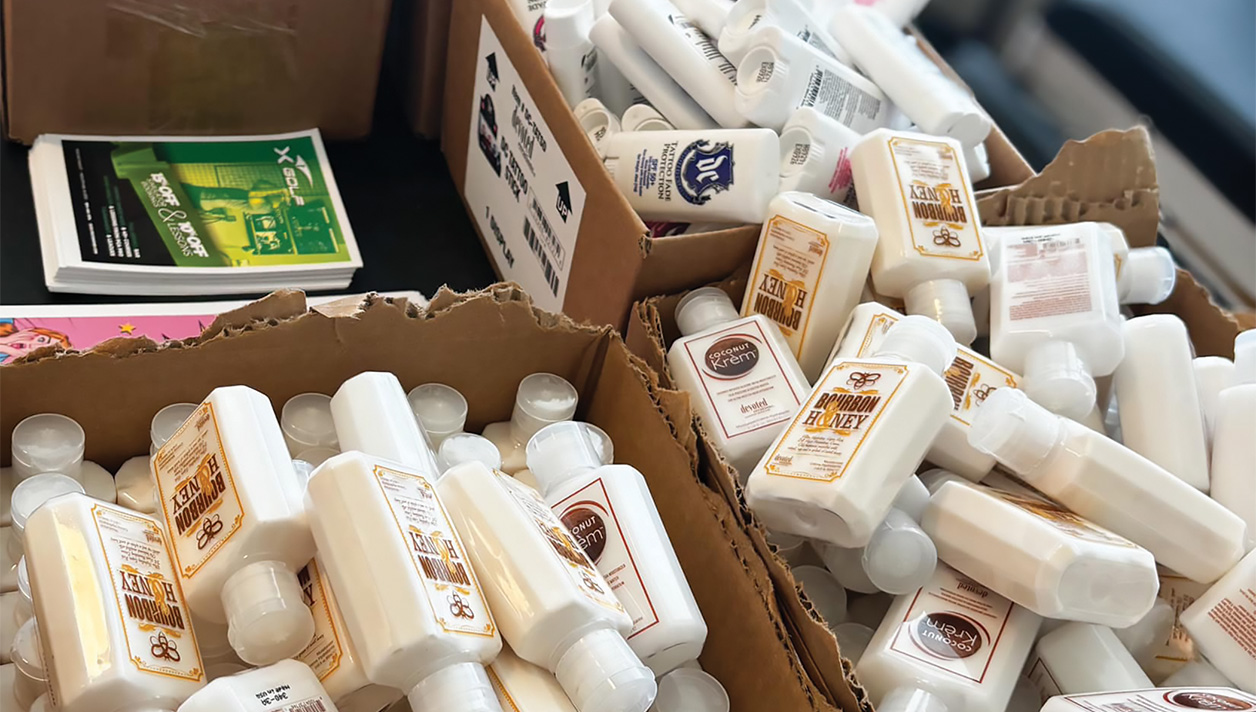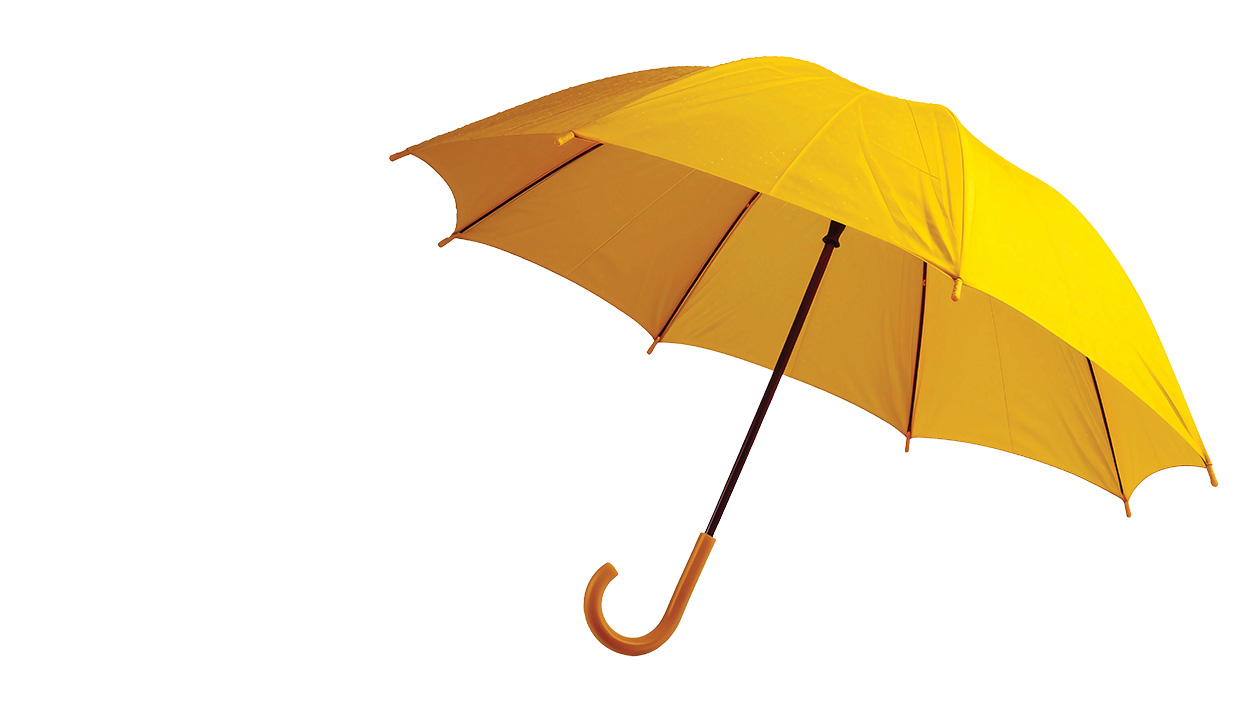Several salon operators have recently asked what lamp compatibility really means, as well as how to maximize the life of their lamps.
These are quite relevant questions, as so many tanning systems, as well as the lamp models that were originally specified, have been discontinued in the marketplace.
The importance of this cannot be ignored, as the lamp is the most crucial part of the tanning system and needs to be right for a particular unit, both from a performance standpoint and to be compatible with timer and wattage supplied, as well as be FDA compliant.
These questions are relevant as so many sunbeds, as well as the lamp models that were originally specified, have been discontinued in the marketplace.
What is Compatibility?
To determine the proper lamp for a particular tanning unit, you are first required to follow the equipment manufacturer’s recommended lamp replacement guide printed on the equipment label, and/or in the owner’s manual. However, if you install a lamp other than the unit’s original lamp, it must be compatible according to FDA guidelines. In order for a lamp to be compatible with the original one furnished with the tanning unit, the output of the replacement lamp must be within +/- 10%, and have the same erythemic (reddening) and melanogenic (pigment producing) effect on the tanner. The replacement lamp may not alter the unit’s exposure schedule, which must be certified before the unit can be used in a commercial setting. This certification verifies the minimal erythemal dose (MED) that can be delivered during a session, which is the amount of UV a person can be exposed to without burning the skin while also generating pigmentation.
It is important to note that compatibility is not defined as “same as or better than” the original tanning lamp. Compatible lamps may have unequal life and different spectral characteristics resulting from different phosphor blends that produce completely different results. Thus, compatibility only addresses the issues of erythema and melanogenesis, and signifies nothing about the technical qualities of the lamp or the tanning results your salon guests will experience.
How do I Maximize Lamp Life?
Most tanning lamp manufacturers list a “rated life” for their products. Generally speaking, the rated (useful) life is over at the point when its UV output has depreciated by 30%. This is, however, an estimate of performance under optimal operating conditions. Also, UV lamps experience their sharpest decline in output during the first 50 hours of use. Therefore, measure the lamps again at 500 hours to get a good understanding of the current decline. NOTE: Different tanning beds may significantly affect the length of lamp life.
In order to maximize the output and life of your tanning lamps, first start with a high-quality product. Make sure to periodically clean the acrylic shields and replace them according to the manufacturer’s specifications. When re-lamping a system, remove any dust that has accumulated on the reflective surfaces located behind the lamps. Higher ambient temperatures can shorten a lamp’s life or reduce its output, or both; so maintain proper temperatures in tanning rooms with adequate A/C and ventilation.
Incoming voltage to the unit must meet the manufacturer’s specifications. Low voltage will reduce tanning effectiveness while high voltage will reduce lamp life and increase operating temperatures.
After cleaning and re-lamping the system, measure its UV output with a lamp meter. Make sure that outside variables are consistent from one reading to the next (incoming voltage, room temperature, position and distance from the meter to the acrylic shield, and clean acrylic, lamps and reflectors). Record the initial results, then periodically monitor and record the output.
When the UV output of the system has declined 20-30% from initial readings, clean and re-lamp it … before your salon guests start complaining about their results!




























